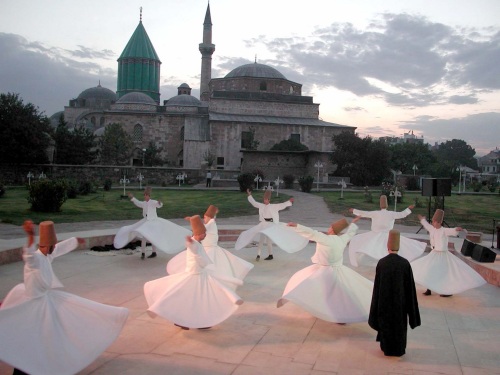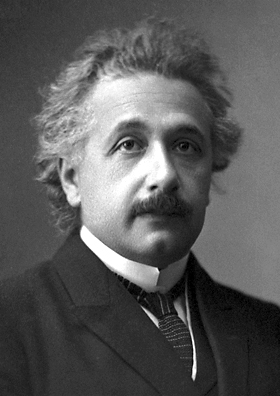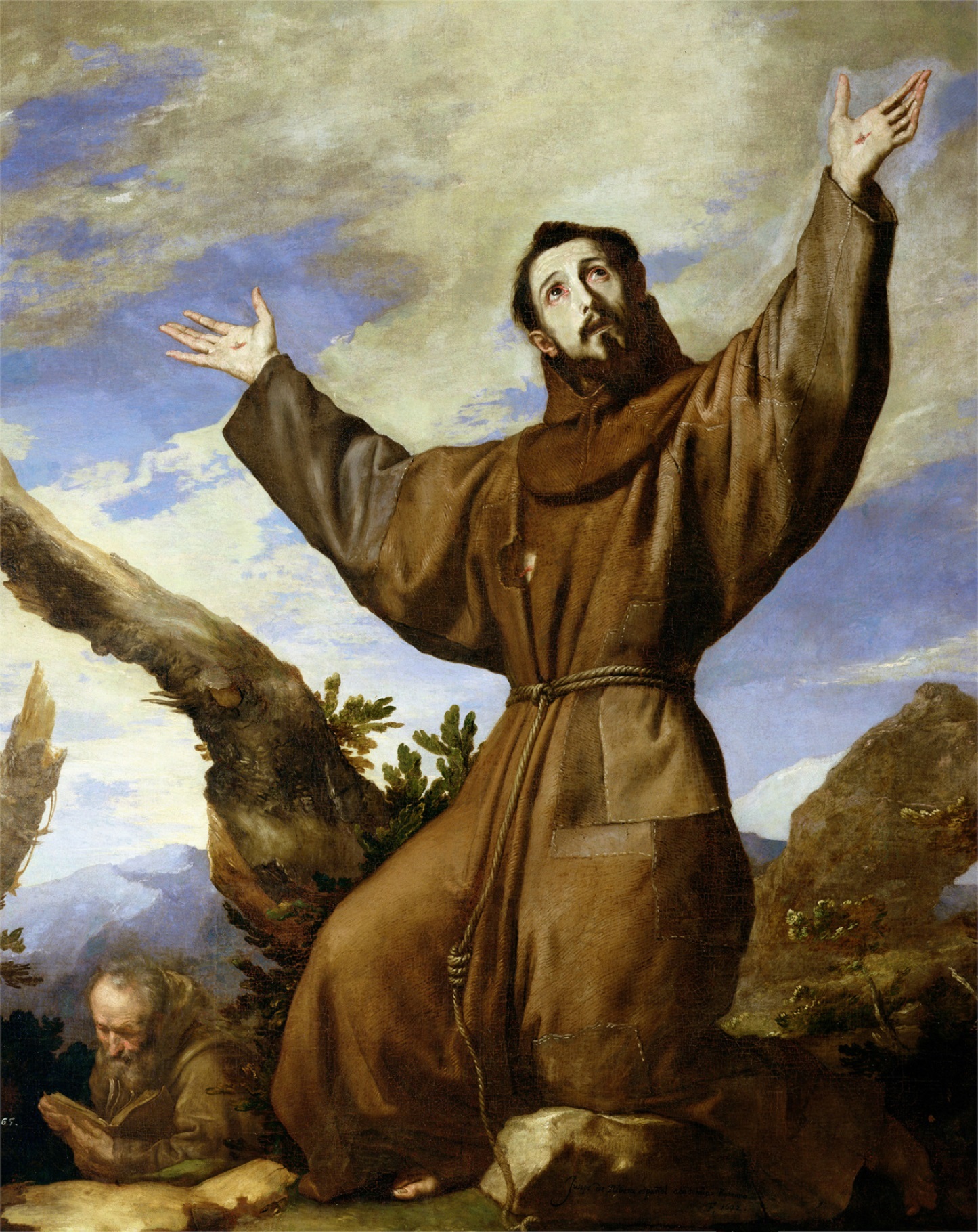 In the Pure Land of the Present Moment
In the Pure Land of the Present Moment
A discourse by the Venerable Thich Nhat Hanh, as told by his disciple SISTER DANG NGHIEM.
This is what I heard. Thich Nhat Hanh came to Hollywood to announce that his book, Old Path White Clouds, would be made into a movie. At that time, Thay had with him a number of monastic disciples—monks and nuns from Deer Park Monastery and Plum Village—a number of lay disciples, and many movie stars, directors, and producers from Hollywood and Tokyo.
A movie star in her exquisite outfit stood up, bowed her head gracefully, and asked a question:
Dear Thay, we belong to the entertainment world. We are fortunate to have become very successful and popular in society. However, many of us feel lonely, worried, fearful, and desolate. We try to find relief in drugs, sex, and consumption. We have heard of a place called the Pure Land, where people live happily and peacefully. Dear Thay, please be kind and tell us about that land. How can the people in that land live so happily and peacefully, and how can we get there?
Thay smiled, invited her to sit down, and answered gently:
There is indeed a place like that, called the Pure Land of the Present Moment. That land is not limited in space or time. Speaking in Buddhist terminology, that land is outside of space and time. Speaking in terminology of quantum physics, it is nonlocal and nontemporal. Anyone who carries the passport of mindfulness, concentration, and insight can enter that land.
Dear friends, why is that place called the Pure Land of the Present Moment? It is because the people who live there have the opportunity to practice living happily right in the present moment. In that land, there are pine trees singing and flowers rich in colors and forms. The moon and the stars shine brightly, and there are myriads of other wonders, which the people who live there have the capacity to be in touch with and enjoy at every moment of their daily lives. They know how to keep their minds free and calm and to establish their bodies and minds in the present moment.Not only wonders such as the moon and the stars, the pine trees, and the flowers belong to the Pure Land—the people themselves belong to the Pure Land. The Pure Land is always available to them, and they practice to be present for the Pure Land twenty-four hours a day. That is why it is called the Pure Land of the Present Moment.
Furthermore, dear friends, each morning the people in that land wake up smiling, aware that they have twenty-four brand new hours to practice living fully and cultivating compassion for all living beings. They take their first steps in mindfulness and freedom, aware of the living creatures underneath their feet, so that they may walk with love and the commitment to protect life. The people who live there gather flowers of mindfulness with every action of mind, body, and speech. Whether they are doing walking meditation, sitting meditation, cooking, washing, or gardening, they enjoy peace and happiness. The people there do not need to travel by air out of their land, and yet they can make offerings to the buddhas of countless other lands with the flowers of mindfulness they collect.
In the Pure Land of the Present Moment, dear friends, the people know how to listen to many different kinds of bells—the great temple bell, the meditation bell, the church bell, the clock chimes, and the telephone rings—in order to return to their in-breath and out-breath. With mindful breathing, they become calm, and they can be in touch with the wonders of life available in the present moment.
The people in that land are aware that their true presence is the most valuable gift they can offer to those they love and appreciate. All day long, they know how to raise the quality of their fresh and loving presence, whether they are shopping, working, using the toilet, washing, or eating. Dear friends, the people in that land know how to be present for themselves and for others.
What is more, dear friends, you can see in the Pure Land of the Present Moment different species of birds, such as blue jays, hummingbirds, sparrows, and orioles. These birds sing with harmonious, sweet sounds throughout six periods of the day, and their songs are also bells of mindfulness. When the people of this land hear these joyous and clear sounds, they know to come back to their breathing and to practice the mindfulness of Buddha, dharma, and sangha that is present within themselves and all around them.
Dear friends, do not think that the birds in the Pure Land of the Present Moment have been born as the result of past negative actions. Why? Because when the conditions are sufficient, they manifest. Safe from harm and free to soar, these birds also belong to the Pure Land, and their songs are skillful means to bring the hearers back to the present moment. Because the people of this land have right mindfulness and right concentration, whenever they hear the birds singing or the light breeze fluttering the leaves of the trees, they also hear teachings on different dharma doors, such as the four noble truths, the noble eightfold path, the five faculties, the five powers, interbeing, impermanence, nonself, signlessness, and aimlessness.
Dear friends, do not think that the people of the Pure Land of the Present Moment do not know what suffering is about. If they did not know about suffering, how could they cultivate understanding and love in order to build the foundation of their true happiness? Many among the people of the Pure Land have had the experience of living in the world of money and fame, competing ruthlessly and causing suffering to themselves and many others. However, since they came in contact with the practice of mindfulness, concentration, and insight, they have been able to change their lifestyle and find the Pure Land of the Present Moment. They know how to live more simply and to consume less. Aware that their environment affects their mind, body, and speech, leading them to either happiness or suffering, the people of that land come together to build communities of mindful living based on the five mindfulness trainings. Precepts, concentration, and insight help the people see what is happening and know what they should do and should not do. Therefore, they are no longer pulled into the three lower realms of hells, hungry ghosts, and animals.
Furthermore, the people of that land know how to take refuge in mindful walking and mindful breathing in order to remain in the Pure Land. They also know how to recognize their own unmindfulness and the unmindfulness of others around them in order to wake themselves up and to come back to the Pure Land. Dear friends, the Pure Land of the Present Moment has brotherhood, sisterhood, and concrete practices like that.
Dear friends, the people of the Pure Land of the Present Moment live with freshness like that of flowers, and each person is a flower in the garden of humanity. Surrounding them are innumerable species of flowers, variant in colors and textures and forms. There are flowers blooming on the ground, flowers on the surface of the water, and flowers on the faces of the people. The refreshing smiles and the compassionate eyes of the people in the Pure Land of the Present Moment are truly flowers. What is more, in the Pure Land of the Present Moment, there are lakes full of colorful lotus flowers. The white lotuses give out a halo of white light, the pink lotuses a halo of pink light, the yellow lotuses a halo of yellow light, and the blue lotuses a halo of blue light. The fragrance of the lotuses is subtle, wonderful, sweet, and pure. Yet every lotus has sprung from mud.
Dear friends, we cannot plant lotuses on marble; we have to plant them in mud. Similarly, peace, joy, happiness, and freedom are flowers cultivated by understanding, acceptance, and love. Only when there is understanding of suffering can there be acceptance and love. If there were no suffering, then how could we understand our own suffering and the suffering of others in order to accept and truly love them? Dear friends, in the Pure Land of the Present Moment, we can see the presence of suffering. However, suffering is the skilful means for us to learn; it is not an obstacle to our happiness. The people of the Pure Land of the Present Moment see clearly the inter-being of the lotus and the mud. Thus, they never have the inclination to run away from suffering. They know how to embrace their pain and suffering in order to learn from them and to transform them. Consequently, with the capacity to accept, understand, and love, they can generate great happiness for themselves and others. That great happiness is also seen as flowers reflected in their eyes and their smiles. Dear friends, in the Pure Land of the Present Moment, it is because the people know how to recognize, embrace, and learn from their suffering that together they generate abundant peace and happiness to adorn their land.
Dear friends, in the Pure Land of the Present Moment, people know how to use the appropriate dosage of suffering—just enough to cultivate their understanding and love. Every person living there knows how to recognize and embrace suffering in order to learn from it and transform and heal himself/herself. The people are no longer afraid of suffering. On the other hand, they do not allow suffering to overwhelm them or to paralyze their bodies and minds. Dear friends, that is how wonderful the Pure Land of the Present Moment is.
Furthermore, dear friends, every person of that land carries in him or herself the energy of the buddhas and bodhisattvas. They know how to live with their true humanity. They do not reject their five aggregates. On the contrary, the people there know how to walk on the land of reality and to radiate light with each step, each breath, and each position of walking, standing, sitting, and lying down in mindfulness. Mindfulness is the infinite light that illuminates all the comings and goings of the mind, and its radiance never comes to an end. That is why every person of that land is said to carry in him or her self the energy of the buddhas and bodhisattvas.
What is more, the life span of the people of that land is limitless, because every minute of their daily life truly encompasses the three times: past, present, and future. They have the capacity to live life deeply, and that life is continued beautifully. The number of the people of that land is also limitless. It is not possible to calculate them, so great is their number. People who know how to wake up and to live in the Pure Land of the Present Moment always have a great impact on their family, friends, and society. Their faith and happiness open the upward path for the young generations to follow. Furthermore, the instant they enter the Pure Land of the Present Moment, they carry along with them all their blood and spiritual ancestors. They are able to develop the seeds of talents, understanding, and love of their ancestors and to transform their seeds of violence, hatred, and suffering. The Pure Land of the Present Moment is made of such extraordinary merits and virtues as these.
Dear friends, in the Pure Land of the Present Moment, the most beautiful image is that of the many noble practitioners coming together in communities. These communities are called sanghas. Those who are newly born into the Pure Land of the Present Moment come to take refuge in these sanghas, so that they may further cultivate their insights, compassion, and capacity to live happily and peacefully. How beautiful is the image of a throng of people of different races, religions, nationalities, and ages meditating together, listening to dharma talks together, having dharma discussions together, and enjoying meals in silence together. Brotherhood and sisterhood are the nutrients nourishing them. Brotherhood and sisterhood show them the path and give them such great happiness that they no longer wish to pursue fame, money, power, and sex. Coming to these sanghas, everyone will recognize the presence of many noble practitioners.
At this point, the movie actress asked:
Respected Thay, is there a relationship between the Pure Land of the Present Moment, which has much peace and happiness, and the world of samsara, which is full of busyness, anxiety, and affliction?”
Thay said:
Although the two worlds are different from each other, they inter-are, just as the lotus and the mud do. When our minds have awareness, understanding, and compassion, and when we know how to dwell in the present moment, then the Pure Land of the Present Moment manifests. On the other hand, if our minds are pulled by forgetfulness, straying into the past or the future and becoming dispersed by busyness, anxiety, and affliction, then we are back in the samsaric world. Therefore, if we practice mindful breathing and mindful walking, we can return to the Pure Land of the Present Moment in that very space and time. Dear friends, the Pure Land of the Present Moment is portable. Wherever you go, there the Pure Land is.
Dear friends, while I am sharing with you the Pure Land of the Present Moment, innumerable noble practitioners all over the world are also sharing the Pure Land of the Present Moment with their friends—business people, politicians, educators, scientists, parents, farmers, students, prisoners. At any point in time and space, there are always noble practitioners who have direct experience in living in the Pure Land of the Present Moment. These practitioners see that their friends are drowning in the world of forgetfulness, anxiety, and affliction. Thus, they find new dharma practices and skilful means to show their friends the path to the Pure Land of the Present Moment.
Dear friends, those who have felt worried, anxious, fearful, and desolate from living in forgetfulness all have the capacity to awaken and to give rise to confidence in the Pure Land of the Present Moment. This faith is not blind; it is based on the direct experience of their own past and present, which means that it is based on their own enlightenment. The process of awakening to the path and being born in the Pure Land of the Present Moment may take place right in the present moment, without having to pass through any difficulties. If a person knows to practice mindfulness, then with only one to seven mindful breaths, only with one to seven mindful steps, she can already be born in the Pure Land with her own five aggregates. Therefore, practicing to enjoy the Pure Land of the Present Moment is appropriate for people of all different capacities and backgrounds. Everyone can practice and succeed easily.
Thay had finished speaking. The movie actress, as well as all the monks, nuns, lay friends, movie stars, directors, and producers from Hollywood and Tokyo, all had faith in what Thay had shared. They joyously accepted it and made the commitment to practice in order to enter the Pure Land of the Present Moment.
-->
Illustration (detail) by Tomi Um.
I love this.




 In the Pure Land of the Present Moment
In the Pure Land of the Present Moment








 St Francis of Assisi (WikiPedia)
St Francis of Assisi (WikiPedia)






